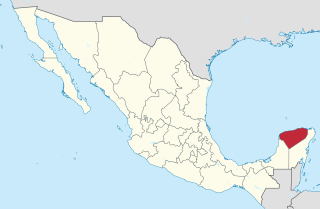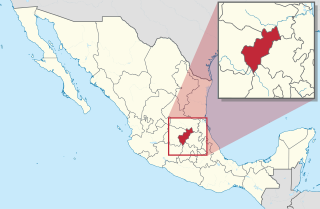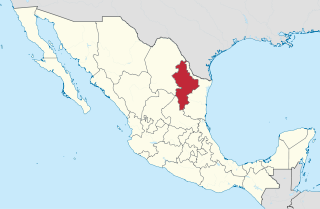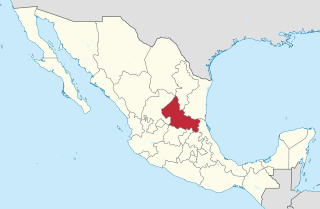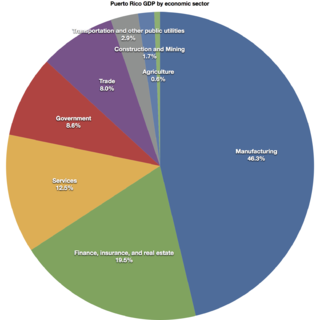The Síndico of a municipality in the Dominican Republic is called indistinctly alcalde or Mayor. [1] The latter name is preferred as to avoid confusing the title with the similarly sounding alcaide (lit. prison warden). Such person is the governor of the municipality whose township elected him (or her) by direct vote for a term of four years. The Sindico's office daily duties are restricted to the local governance, and as such, it is responsible for the coordination of waste collection, upkeep of public spaces (parks, undeveloped urban parcels, streets, city ornate, traffic light control, sewage and most public utilities). In practice most of it duties are centered in light street repairing (new or big road projects, like overpasses, bridges, pedestrian crossings, etc. are handled by the Public Works Ministry (Ministerio de Obras Públicas in Spanish) office), under the direct control of the Central Government. Subcontracting garbage collection and management, overseeing the use of public spaces and arbitring neighborhood land use disputes which is managed by the National Property office (Oficina de Bienes Nacionales in Spanish) is also controlled by the Sindico's office. Water, electrical supply and public transportation coordination are handled by several Central Government's offices, and as such, are not under control of the Sindico.

The Dominican Republic is a country located in the island of Hispaniola, in the Greater Antilles archipelago of the Caribbean region. It occupies the eastern five-eighths of the island, which it shares with the nation of Haiti, making Hispaniola one of two Caribbean islands, along with Saint Martin, that are shared by two sovereign states. The Dominican Republic is the second-largest Caribbean nation by area at 48,671 square kilometers (18,792 sq mi), and third by population with approximately 10 million people, of which approximately three million live in the metropolitan area of Santo Domingo, the capital city.
Alcalde, or Alcalde ordinario, is the traditional Spanish municipal magistrate, who had both judicial and administrative functions. An alcalde was, in the absence of a corregidor, the presiding officer of the Castilian cabildo and judge of first instance of a town. Alcaldes were elected annually, without the right to reelection for two or three years, by the regidores of the municipal council. The office of the alcalde was signified by a staff of office, which they were to take with them when doing their business. A woman who holds the office is termed an Alcaldesa.
In many countries, a mayor is the highest-ranking official in a municipal government such as that of a city or a town.

